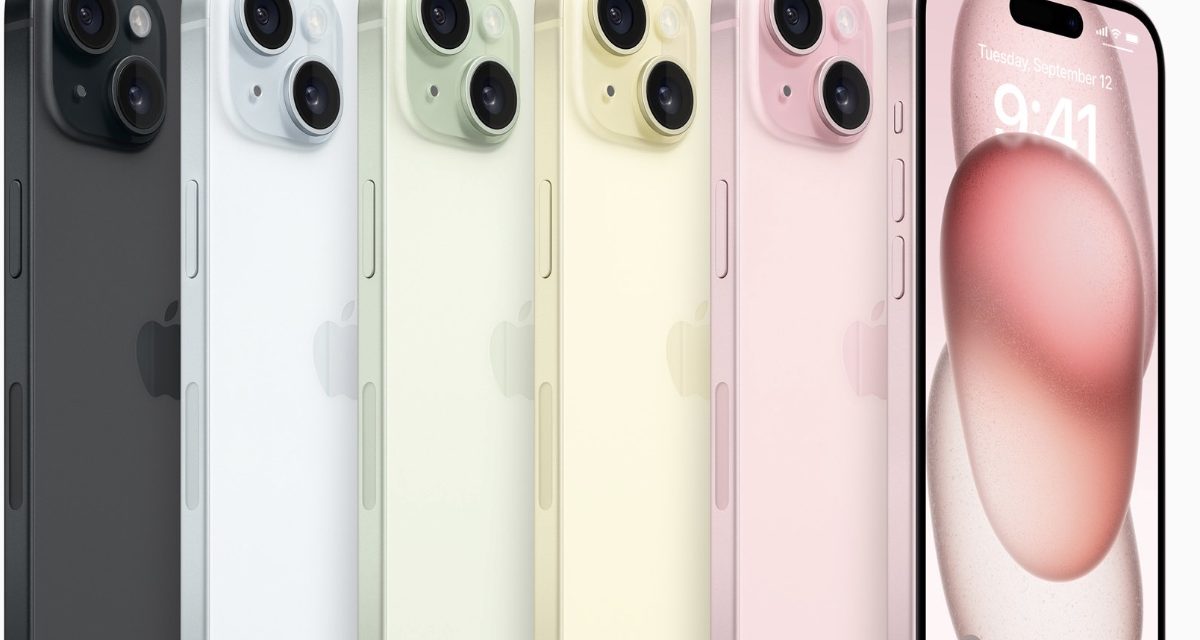According to Computer Intelligence Research Partners (CIRP), iPhone buyers have come a long way from the early days of subsidized phone purchases.
Originally, you’d pay US$200, commit to a two-year contract, and your mobile phone carrier would subsidize the remaining cost of your new phone. With iPhones locked to carriers, you really had no other choice – until you lost or broke your phone and were shocked by the full, unsubsidized price.
Today, buyers have more options, with carriers, retailers and phone manufacturers offering no-interest installment plans of 12 to 36 months. A new phone buyer can pay the full price of the phone upfront or spread it out over a number of equal payments.
As part of these transactions, new phone buyers can usually trade-in their old phone to reduce their out-of-pocket expense. Trade-ins paired with installment purchases generally amortize the value of the old phone over the course of the installment plan, creating a de facto contract with the carrier. So the early retirement of a phone can sacrifice some of the value gained from the old phone.
Mobile carriers have used elevated trade-in value promotions to encourage upgrading, and subtly lock in customers for the length of their new installment payment agreement.
According to CIRP, 55% of iPhone buyers report using a monthly installment payment plan compared to 44% of Android phone buyers.
Article provided with permission from AppleWorld.Today




